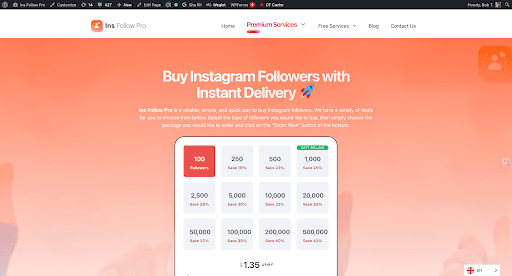
As a business owner or a team leader looking for ways to improve your business’ bottom line, you probably know the importance of featured-loaded software aimed at employee productivity. You’ve probably also heard of the benefits of learning management systems, but you’re unsure what it is or how it can help improve your business. Without an LMS, your employees might not be as productive as they could be. Confused? Don’t be. Read on to learn various ways an LMS can help your business grow.
Improve Your Training Methods
An LMS can help you create and deliver better training programs. You’ll be able to host webinars, provide on-demand instruction, and even offer virtual classrooms for your employees to take advantage of at any time.
Keep these tips in mind when improving your training techniques using an LMS:
- Offer consistency. Consistent training is easier for employees to learn and retain, which means they’ll be able to use the skills you’ve taught them on the job.
- Make training fun. People won’t want to participate if it feels like a chore and will lose interest quickly.
- Make training interactive. An LMS will allow you to do this by providing a platform for multiple-choice questions, polls, and discussion forums. You can also use it as a place for employees to post their questions or ideas for discussion.
Improve Productivity
By using an LMS, you can create and deliver training programs that are highly relevant to your business. This will help increase employee productivity because they’ll feel more prepared for their jobs.
Here are a few other ways an LMS can help improve employee productivity:
- Automate the learning process: An LMS can automate learning processes so employees can easily access information and resources.
- Accessibility: An LMS makes it easy for employees to access training materials from any location at any time.
- Create custom learning paths: You can use an LMS to create custom learning paths for employees based on their needs and interests.
Higher Employee Engagement
By using an LMS, you can include multimedia content in your training programs, such as videos, infographics, and presentations. You can also use an LMS to create social learning experiences by incorporating discussion forums and blogs.
Here are a few tips to keep in mind when creating an engaging learning experience:
- Use media-rich content: Employees are more likely to engage with training material that is interesting and visually appealing.
- Make it interactive: Include quizzes, polls, and other interactive elements in your training programs to encourage employee participation.
- Encourage social learning: Use an LMS to create social learning experiences by incorporating discussion forums and blogs.
Increase Employee Retention
In today’s business world, investing in employee retention is more important than ever. Employee turnover costs businesses money in terms of lost productivity and training costs, and it can also impact morale and customer satisfaction.
An LMS can help employees stay up-to-date on company procedures, new products and services, and industry changes. It can also provide a way for employees to access training materials and receive feedback on their performance. In addition, an LMS can help managers track employee progress and identify areas where additional training may be needed.
Consider this tip if employee retention is one of your business’s biggest concerns.
Access to Expertise
When you use an LMS, you can connect with experts worldwide. You can also include experts in your company as part of your training programs. This will give employees access to the best possible resources and help them stay up-to-date on industry changes.
Final Word
An LMS can help improve your business in several ways, from increasing employee productivity to improving employee retention. Keep these benefits in mind when choosing an LMS for your business.
If you still have questions or concerns regarding the benefits mentioned above, let us know in the comments.


